- TOP
- Mirror with Arabesque and Phoenixes
Overview
Mirror with Arabesque and Phoenixes
- Museum No.
- EK17-11
Showing 1-6 of 1
| Title | Mirror with Arabesque and Phoenixes |
|---|---|
| Designation | |
| Artist | |
| Category | Metalwork(E), Bronze Mirrors |
| Country | Japan |
| Period | Heian Late |
| Century | 11th~12th |
| Year | |
| Quantity | |
| Materials | |
| Dimensions | Diameter 10cm Rim height 0.8cm Rim width 0.15cm |
| Inscription by | |
| Signature/Seals Etc | |
| Donor |
Included Works

EK17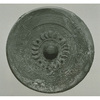 Mirror with Abstract Animals in Band
Mirror with Abstract Animals in Band
EK17-1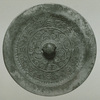 Mirror with Whirlpool Design
Mirror with Whirlpool Design
EK17-2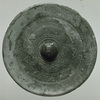 Mirror with Flower Design and Seven Arcs
Mirror with Flower Design and Seven Arcs
EK17-3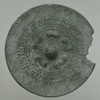 Mirror with Five Animals
Mirror with Five Animals
EK17-4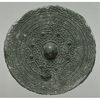 Mirror with Abstract Animals in Band
Mirror with Abstract Animals in Band
EK17-5 Mirror with Four Animals
Mirror with Four Animals
EK17-6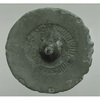 Mirror with Tooth Comb Pattern
Mirror with Tooth Comb Pattern
EK17-7 Mirror with Abstract Animals in Band
Mirror with Abstract Animals in Band
EK17-8 Mirror with Pines and Cranes
Mirror with Pines and Cranes
EK17-9 Mirror with Cranes and Pines and Butterflies
Mirror with Cranes and Pines and Butterflies
EK17-10 Mirror with Chrysanthemums and Birds
Mirror with Chrysanthemums and Birds
EK17-12 Mirror with Chrysanthemums, Butterflies, and Birds
Mirror with Chrysanthemums, Butterflies, and Birds
EK17-13 Mirror with Globeflowers and Flying Sparrows
Mirror with Globeflowers and Flying Sparrows
EK17-14 Mirror with Chrysanthemum Branches and Flying Sparrows
Mirror with Chrysanthemum Branches and Flying Sparrows
EK17-15 Mirror with Autumn Plants, Butterflies, and Birds
Mirror with Autumn Plants, Butterflies, and Birds
EK17-16 Mirror with Cranes and Pine Needles
Mirror with Cranes and Pine Needles
EK17-17 Mirror with Auspicious Flowers and Birds
Mirror with Auspicious Flowers and Birds
EK17-18
This object may be one within a set or the title of a set. To see all objects in the set, perform a Category Search by the Museum Number below, entering numerals only before the hyphen.

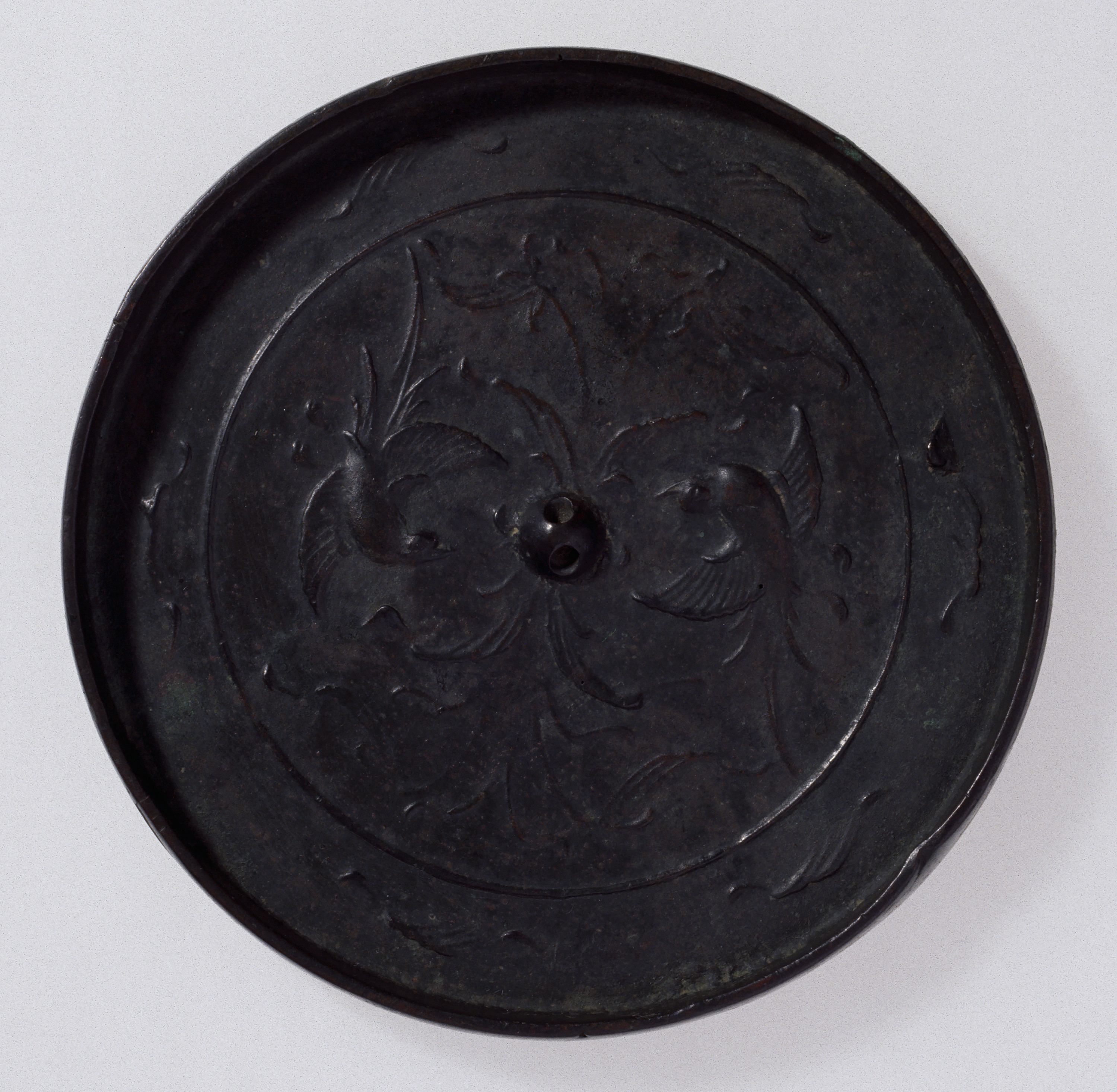





This bronze mirror is blackish brown in color with a reflective face plated with tin. The surface on the inside of the rim, seen at lower right of the image, is uneven and rough, apparently a casting defect. The tip of the conical knob is flattened. The primary design composition of auspicious flowers and paired phoenixes, usually associated with eight-lobed mirrors, has here been transferred to a round mirror with a straight, narrow rim and an inner border between the inner and outer bands on the back of the mirror. Although the tail feathers bring to mind phoenixes, their bodies resemble those appearing in motifs featuring ordinary birds.
An early example of this type of pictorial composition can be seen in a mirror patterned with arabesques and paired phoenixes, dated to 1077 (Jôhô 4). Together with a dated label, the mirror was inserted into the torso of a figure of the Medicine Buddha, Yakushi, the main object of worship at Shitennô-ji Temple in Mie Prefecture. In the museum example, the arabesques spring directly from the knob, an unusual feature, and the arabesques in the outer band take the newer form of three superimposed arcing tendrils. Comparing the phoenixes in both mirrors, the museum piece is definitely more recent, in all probability dating to the 11th century.
Japan-Heian-Late